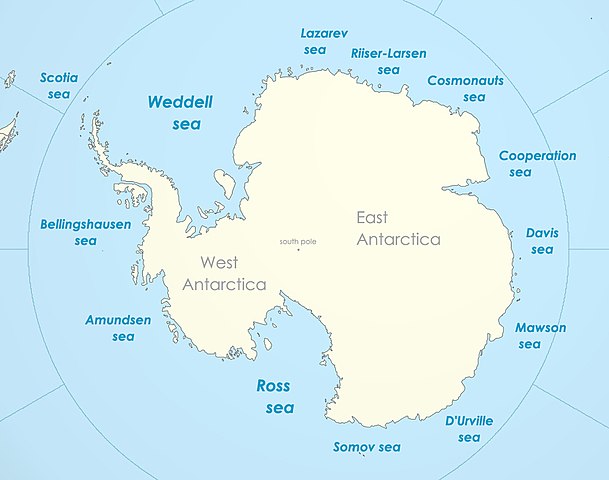We just learned about
Lions.
Another big cat is the
Tiger.
The tiger is the largest of the wild cats in the group of animals called "Felidae".
Tigers mostly live by themselves, except for the mothers when they are raising tiger cubs for about 2 years.
There are a lot of different types of tigers from different places.
Some have darker or longer fur, some are a little bigger, and some have stripes that look a little different.
Just like lions, there are also white tigers!
All the different tigers are in a group called "Panthera".
Tigers have stripes so that they can hide in the tall grass when they are hunting for other animals.
They have yellow irises in their eyes, and circle shaped pupils.
Boy tigers can grow to be 12 feet long, and weigh 675 pounds!
Girl tigers are smaller, only growing to 9 feet and 360 pounds.
Their tails can be 2 to 4 feet long!
Tigers used to live all the way from the country of Turkey in the west to Japan in the east.
Now it mostly only lives in parts of India and China and a few other countries.
Tigers usually live in forest areas where there is water and other animals for them to hunt.
Even though we think about cats not liking water, tigers have no problem swimming, and can swim 18 miles in one day!





(from: wikipedia -
tiger)
Kid Facts - Blast from the past: Crown Jellyfish










































